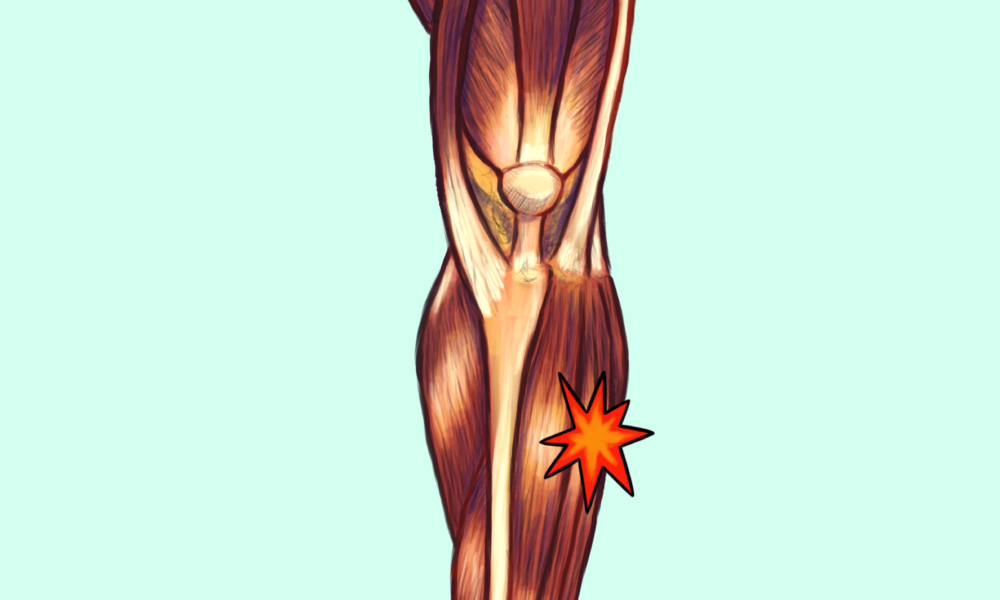Sports and physical activity are vital for health, offering benefits such as reduced risk of chronic diseases, lower morbidity, and better mental health. However, excessive exercise can lead to injuries and affect the musculoskeletal system, resulting in prolonged recovery, increased risk of further injury, and stress.
A recent review published by Chinchin Wang, a PhD graduate in epidemiology, and her team under the supervision of Ian Shrier, an associate professor in McGill’s School of Population and Global Health, aimed to provide epidemiologists with a concise introduction to musculoskeletal (MSK) sport injuries. Wang, who also currently works as an epidemiologist at the Public Health Agency of Canada, focused her research on gaps in how epidemiological standards of injuries describe MSK injuries.
“I spend a considerable amount of time doing endurance training for myself, and I am aware that injuries often occur when you push yourself too hard. I think that’s how my pursuit of knowledge in studying MSK injuries and their preventive measures began,” Wang said in an interview with The Tribune.
The definition of “injury” varies widely. From a biological perspective, an injury is broadly defined as tissue damage resulting from forces that exceed the tissue’s load capacity, causing deformation and stress. However, researchers in sport injury epidemiology take a different approach. They instead define an injury based on its impact on a patient’s ability to participate in sports while undergoing treatment and rehabilitation for the injury. These injuries are typically categorized as any “complaint” injuries, “medical attention” injuries, or “time-loss” injuries. This categorization emphasizes the functional consequences of the injury and the necessity for medical intervention or time away from sports.
“Ideally, we aim to enhance our understanding of how epidemiologists categorize injuries and their severity in subject groups by incorporating more scientific background into the classification process,” Wang elaborated.
While acute injuries are commonly associated with MSK injuries, the accumulation of microtraumas—microscopic tears on muscle cell surfaces—can also significantly contribute to prolonged recovery periods following intense physical activities.
Microtrauma injuries represent early stages of tissue injury that can accumulate over time, potentially leading to more significant injuries if not properly managed. Understanding these processes can help individuals better identify risk factors and develop strategies to prevent sports injuries.
Recognizing microtraumas also allows for the assessment of injury mechanisms and the impact of repetitive loading—applying a force repeatedly to a tissue over days or weeks, which is crucial for designing interventions to enhance athletes’ safety and performance.
“Neglecting little problems often leads to more stress in life afterwards. That’s how it works with muscles too,” Wang said.
The review also provides a precise outline of muscle, tendon, and ligament injuries, the most damaging of which are joint injuries—problems that arise in parts of the body that connect bones together.
Joint injuries are common because joints are complex structures that endure significant stress during physical activities, especially in sports that involve high-impact movements, twisting, or sudden directional changes. These stresses can lead to acute injuries, such as anterior cruciate ligament tears in the knee that often need surgery for repair.
Adding further obfuscation, pain is often attributable to nerve impingements and damage rather than being solely related to muscle injuries. As a result, clinical studies often struggle to predict the outcomes of individuals who report similar damage from sports injuries but have different causes of trauma.
Wang’s contributions establish the necessary foundation for applying epidemiological methods to identify the most efficient strategies for preventing and treating sports injuries and their related health consequences. Further research in this field may shed light on the possibility of developing targeted interventions and tailored rehabilitation programs that can minimize the risk of injury, optimize recovery, and enhance long-term health outcomes. A stitch in time saves nine.









